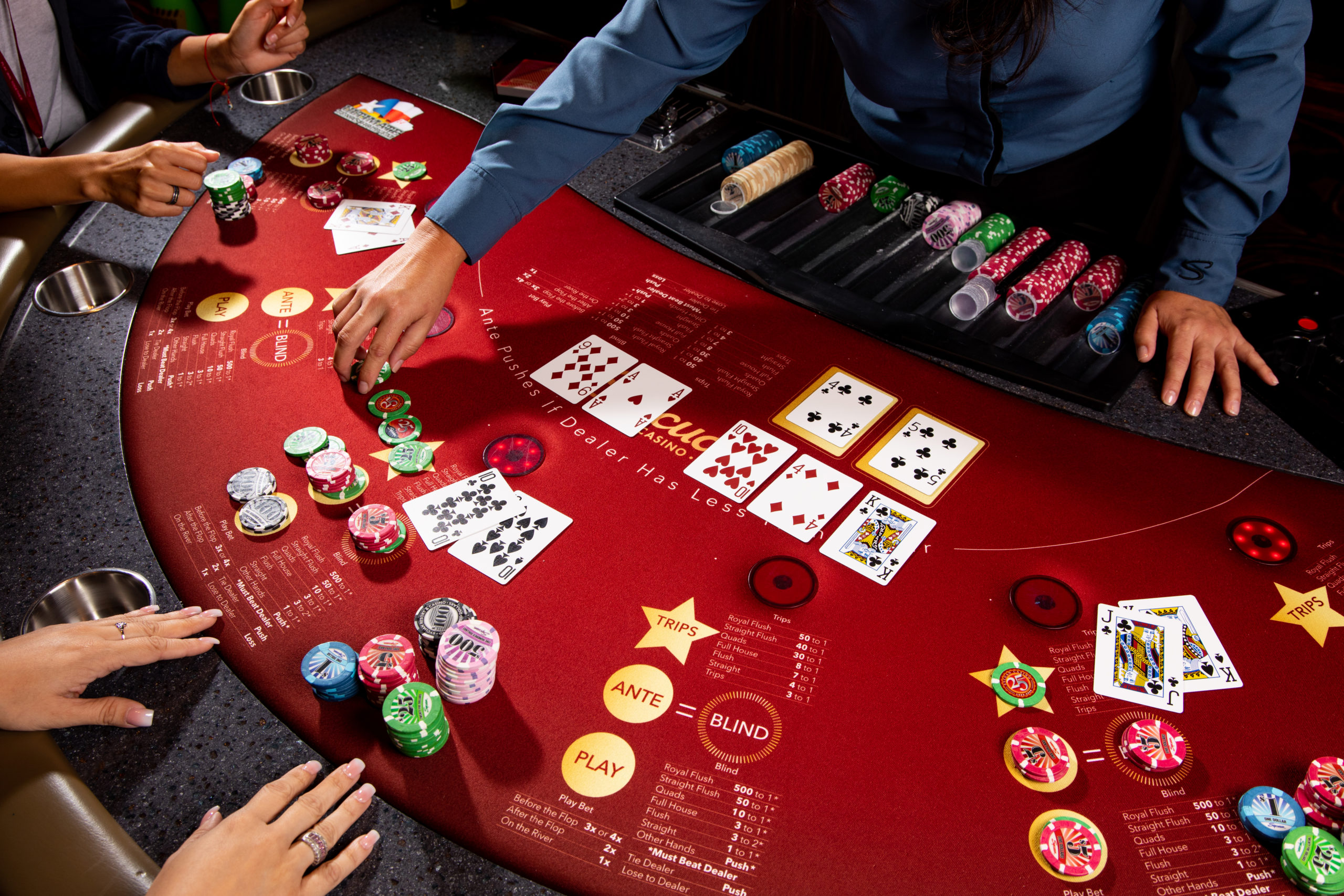Poker is a popular card game that comes in many variations, each with its own set of rules and strategies. Typically, a game is played with five cards per player and a betting round that starts with the first player to the left of the dealer and goes clockwise. Each player has a poker hand, which can be composed of any combination of cards from their hand and in other players’ hands.
The objective is, as always, to beat all or at least some opponents so that you end up with more chips than them. In this article, we’ll cover some of the fundamental rules that apply to most Poker games. While there are countless poker variants, the following rules should give you a solid foundation to start playing and enjoying the game.
What is a Poker game?
A poker game is a competition between two or more players. A player’s goal is to win chips with each hand of the game and to have more chips at the end of the entire game than any other player. The first player to do so is called the winner. The game begins with each player placing any cards dealt. Players then take turns dealing two or more cards per person, depending on the Poker rules of that particular poker variant, followed by a betting round in which players can either raise their bets or fold. Each hand ends when all players but one have intentionally folded or when all but one player has run out of chips. The winner takes all of the pots.
Some of the rules to start playing the Poker game:
1. The Basics of Poker Hands:
You will need your poker table to have 4 rows and 8 columns. In each of the 4 rows, you will find 5 cards each, with one card face down. The player who wins the flop (the first three cards in the deck) collects $1, and each player draws two cards. The four of a kind are collected by the winner. The person takes all other hands with the best hand at that moment.
2. Dealing the Cards:
The dealer will deal the cards clockwise, starting with the first player. The dealer will deal five cards to each player, face down. With the first card to start the game, a Row is created. Then, with a second card. This shows who has two pairs or better on their hand. With another card, a Cross is made, showing who has one pair or better on their hand. Then, with another card, an O is drawn, showing who has no pairs on their hand. The players can look at their hands now if they want to and see what kind of poker they are playing with other players.
3. Winning the Pot:
All other combinations of five cards are ranked within their respective categories. For example, an ace and a three are a lower pair than two queens. Hands with more high cards than low ones tend to be better; so, for example, a four-high straight flush is better than a five-high straight flush. Some poker games involve community cards in the form of board or table cards that all players can use, while in other games, each player’s two-hole cards and four face-up board cards comprise each player’s hand ranked against the others.
4. Poker Variants:
Your poker table needs to have space to accommodate 5 rows and 8 columns. The cards of the deck are in a face-down position. Once the flop is made, everyone puts their ante down. Once you put your ante down, you will start with a count of 2 cards in hand. The first player is called the “Ante” or the “first to act.” After that, each player draws two cards from the deck and sets them face up on their table. If they believe they have suitable combinations of cards, they can bet right away or wait until later to see what others will do before betting.
Conclusion:
Poker is a complex game with many variations and strategies. The rules may vary slightly between games, so it’s important to clarify the specific rules before playing. Additionally, poker is not just about following the rules; it involves psychology, strategy, and the ability to adapt to different situations. As you gain experience, you’ll discover that poker is not just a card game; it’s a game of skill, psychology, and strategy.





